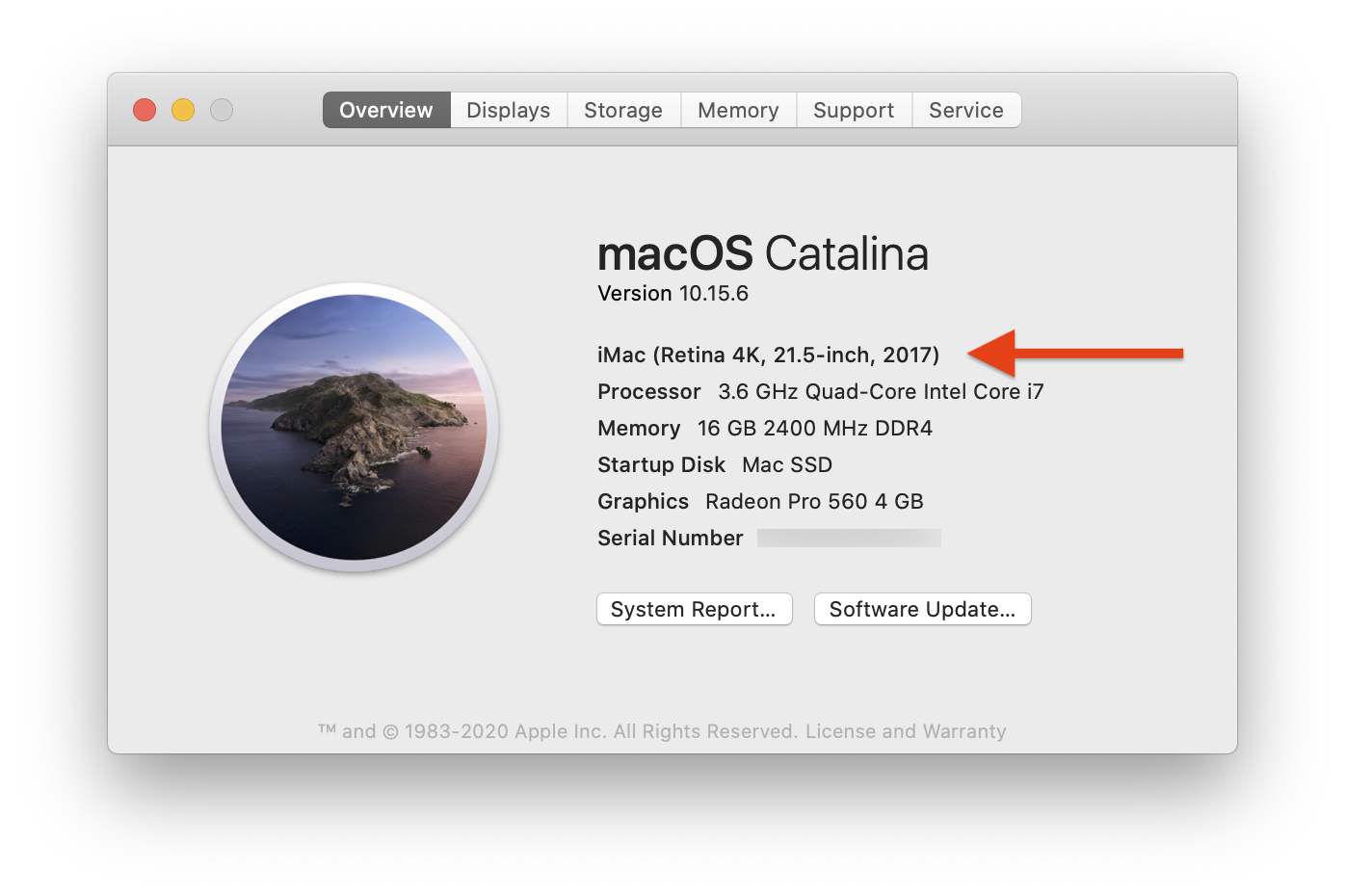Keep Driving Mac OS
Keep Driving Mac OS
When Apple unveiled the iPhone 3.0 OS and Mac OS X 10.6 Snow Leopard at WWDC this month, I was struck that one of the most significant additions to Snow Leopard came from the iPhone 2.0 OS: support for ActiveSync and native Microsoft Exchange.
For Macbooks Released in 2012 and Later 1. Boot your Mac in Safe Mode by pressing down the “Shift” key when restarting the mac and then releasing the key when. Next, open your Apple Menu and select “System Preferences Users & Groups”. Now, click on ‘Login Items” and uncheck boxes belonging. Start or restart your Mac and hold command + R keys to enter the Recovery Mode, or hold the Option/Alt and then choose the Recovery option. Insert the hard drive used for Time Machine and choose to Restore from Time Machine Backup under OS X Utility, choose the inserted hard drive. By pressing certain key combinations, you can do things that normally need a mouse, trackpad, or other input device. To use a keyboard shortcut, press and hold one or more modifier keys and then press the last key of the shortcut. For example, to use Command-C (copy), press and hold the Command key, then the C key, then release both keys.
Keep Driving Mac Os Download
More than that, two of the cool-factor features in Snow Leopard also came from the iPhone: support for Chinese character input via trackpad gestures, and time-zone auto-detect based on Wi-Fi router “fingerprints.”
Of course, the feature flow goes both ways. The new iPhone 3.0 OS includes Mac OS X’s Spotlight search capability to make all data on the device searchable. One technology that is new to both iPhone OS 3.0 and Mac OS X Snow Leopard is the Web-spot capability, used in Snow Leopard to help the visually impaired select Web page sections to have them read aloud by the VoiceOver utility, and used in iPhone OS to select such sections for copy-and-paste operations.
But the influence of the iPhone on Snow Leopard’s feature set does call into question how the mobile environment may further shape desktop OS functionality in future iterations.
Both the iPhone OS and Mac OS are based on the same core, which enables technology-sharing across the platforms, notes Ezra Gottheil, an analyst at Technology Business Research. But beyond the core, he suspects that much of the OS development between the two platforms is done independently, given Apple’s penchant for secrecy even within the company. “I doubt that the other team knows what’s in the product until it’s in the store,” he says.
Mac Os Downloads
Gottheil expects more new thinking to occur in the iPhone, as that device marks a new type of computer unburdened by a 25-year legacy of technology and applications. So it’s not surprising to see new ideas occur first in the iPhone and then find their way into the Mac OS, he notes—especially around the communication, media player, and Web functions that the iPhone focuses on.

Plus, Apple strongly favors a simple, common approach wherever possible, he notes. “Apple would hate to have multiple UIs,” Gottheil says. Throw in Apple’s other product goal—to make its various products work better together—and it’s only natural that “they’re going to want to move things up and down the product line.”
Mac Os Mojave
But this drive to simplicity also means that Apple will likely be more cautious about bringing Mac OS X capabilities to the iPhone. The current iPhone has underlying technology such as QuickTime in common, but most of what Apple has brought from Mac OS to the iPhone have been foundational apps such as the Safari Web browser, iTunes media player and store, Mail and Calendar, a file preview helper app, and most recently the Spotlight search engine. What has not come over is the Mac OS’s core UI (the Finder) nor peripheral support.
Keep Driving Mac OS
